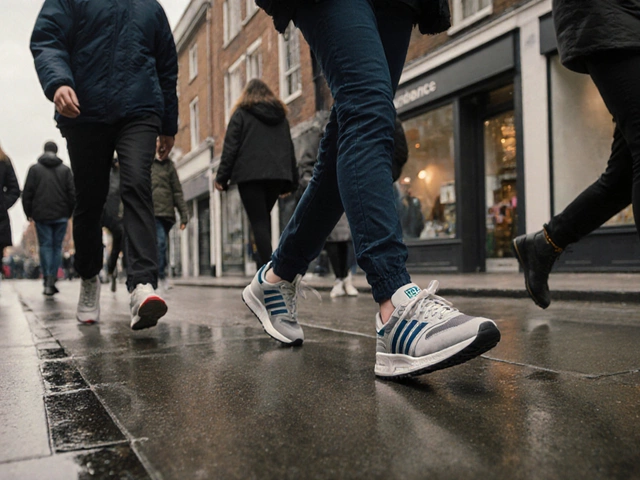Clothing Maintenance: Simple Tips to Keep Your Wardrobe Fresh
Got a favorite shirt or a pair of well‑worn shoes you hate to see go? You don’t need a fancy specialist to keep them looking good. A few easy habits, done regularly, will stop wear and tear in its tracks and save you cash. Below are the basics you can start using today.
Everyday Care for Clothes
First off, read the label. It tells you the exact washing temperature, whether you can tumble dry, and if the piece needs hand‑washing only. If the tag says “cold wash,” stick to it – hot water shrinks cotton and fades colours. Turn dark garments inside‑out before tossing them in the machine; this reduces friction on the outer surface and keeps the colour rich.
Don’t overload the washing machine. A packed drum can cause clothes to rub together, creating pilling and stretching. Use the right amount of detergent – too much leaves residue that dulls fabrics over time. When you’re done, dry items promptly. Hung‑drying shirts and sweaters preserves shape, while a short tumble‑dry on low heat works for sturdier pieces like jeans.
Store garments properly. Fold knits instead of hanging them – hanging can stretch the shoulders. Use wooden or padded hangers for coats and dresses to avoid shoulder bumps. For seasonal items, keep them in breathable garment bags, not plastic, to prevent mildew.
Shoe & Footwear Maintenance
Shoes need love too. Start with the basics: clean off dirt after each wear with a soft brush. Leather shoes benefit from a wipe‑down with a damp cloth, then a quick coat of leather conditioner to keep the material supple. If the leather starts to look dry, a thin layer of shoe polish restores shine and adds protection.
Know when to replace. Slippers, for example, lose cushioning after about a year of regular indoor use. Signs like flat soles, cracked stitching, or an odor that won’t fade mean it’s time for a new pair. The same goes for leather shoes – if the sole is worn through or the leather is cracking, repair may not be worth it.
Fit matters for foot health. Shoes that are too tight compress the toes, leading to pain and conditions like Morton's syndrome. Use the “thumb” test: you should be able to slide a thumb between your longest toe and the front of the shoe. If you can’t, try a size up or a different style with a wider toe box.
Keep shoes dry. After a rainy walk, stuff newspaper inside to absorb moisture, then let them air out away from direct heat. Heat can warp soles and crack leather. For sneakers, a quick wash in a mesh bag on a gentle cycle is fine, but always let them dry completely before wearing again.
Finally, rotate your shoes. Wearing the same pair every day doesn’t give the material time to recover, especially for leather and suede. Switching between at least two pairs lets each set air out, extending its life.
With these straightforward steps – read labels, wash gently, store smart, clean and care for shoes, and watch the fit – you’ll keep your wardrobe looking sharp for years. No need for expensive dry‑cleaners or endless purchases; just a little routine and you’ll notice the difference right away.

How Often Should You Really Wash Your Jackets?
Washing jackets isn't as straightforward as throwing them in the laundry with your everyday clothes. Jackets come in various materials that require different care routines, from waterproof shells to soft woolen blends. Understanding the appropriate cleaning frequency and method can extend the life of your jacket and keep it looking its best. Explore this guide to learn how often to wash different types of jackets and tips to make the process easier.




